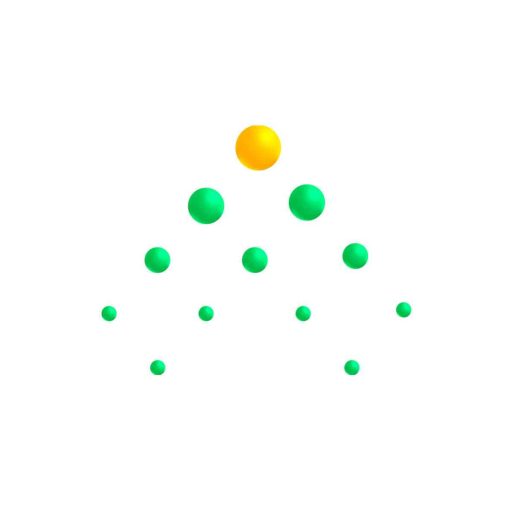The art of data storytelling is about taking data and turning it into a compelling narrative that not only informs but also captures the attention of your audience. In today’s fast-paced world, getting people to pay attention to your message can be a challenge, but with data storytelling, you can turn dry numbers into a captivating story that people will remember.
Why Data Storytelling is Important for Journalists
- Engages your audience: Data storytelling helps to bring your reports to life by engaging your audience and making the information easier to understand and remember.
- Makes complex information easy to understand: Data storytelling is a powerful tool for breaking down complex information and making it accessible to a wider audience. Whether you’re dealing with large data sets or complex concepts, data storytelling can help simplify the information and make it more manageable.
- Helps to tell a story: Data storytelling is all about telling a story. By using data and visualizations to support your narrative, you can help to create a story that people will remember and connect with.
How to Use Data Storytelling in Your Reports
- Start with a clear objective: Before you start telling your data story, it’s essential to have a clear objective in mind. What do you want your audience to learn? What message do you want to convey? Having a clear objective will help to guide the rest of your data storytelling process.
- Choose the right visualizations: Visualizations are a critical component of data storytelling. Choose the right visualizations to help communicate your message effectively. From bar graphs to scatter plots and more, there are many options available to help you visualize your data.
- Create a narrative: To create a compelling data story, you need to have a clear narrative. This means taking your data and turning it into a story that people can follow and understand.
- Use storytelling techniques: Just like any other story, data stories can benefit from the use of storytelling techniques such as suspense, tension, and resolution. Use these techniques to keep your audience engaged and interested in your story.
Examples of Data Storytelling in Journalism
- “The Great Divide” by The New York Times – This data story used interactive visualizations and a clear narrative to explore the growing economic divide in America. By telling the story of income inequality through data, The New York Times was able to bring the issue to life in a way that was both informative and engaging.
- “How the Pandemic is Impacting the World” by BBC News – This data story used a combination of maps, charts, and infographics to tell the story of the COVID-19 pandemic’s impact on the world. The clear visualizations and straightforward narrative helped to make complex data easy to understand and remember.
- “The Climate Crisis: A Visual Guide” by National Geographic – This data story used a combination of images, animations, and interactive visualizations to explore the impact of climate change on the world. The clear and engaging narrative helped to bring the issue to life and make it more relatable for the reader.
Conclusion
Data storytelling is a powerful tool that can help bring your reports to life and make complex information easier to understand. By using the right visualizations, creating a clear narrative, and incorporating storytelling techniques, you can turn your data into a story that will captivate your audience and deliver your message in a memorable way.
Data storytelling is a valuable skill for journalists to have in their toolkit. It can help you communicate your message more effectively, engage your audience, and deliver insights that people will remember. So why not try incorporating data storytelling into your next report and see the difference it can make?

